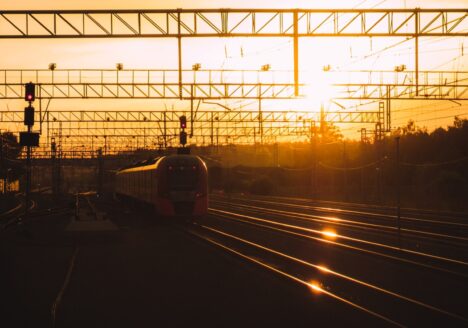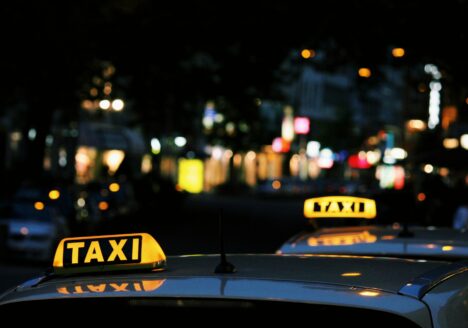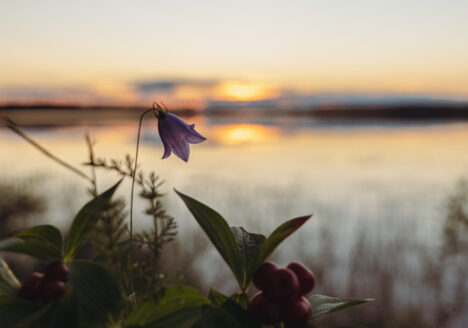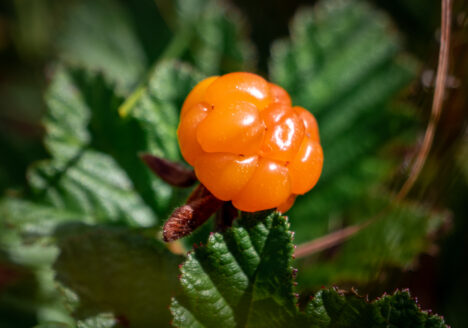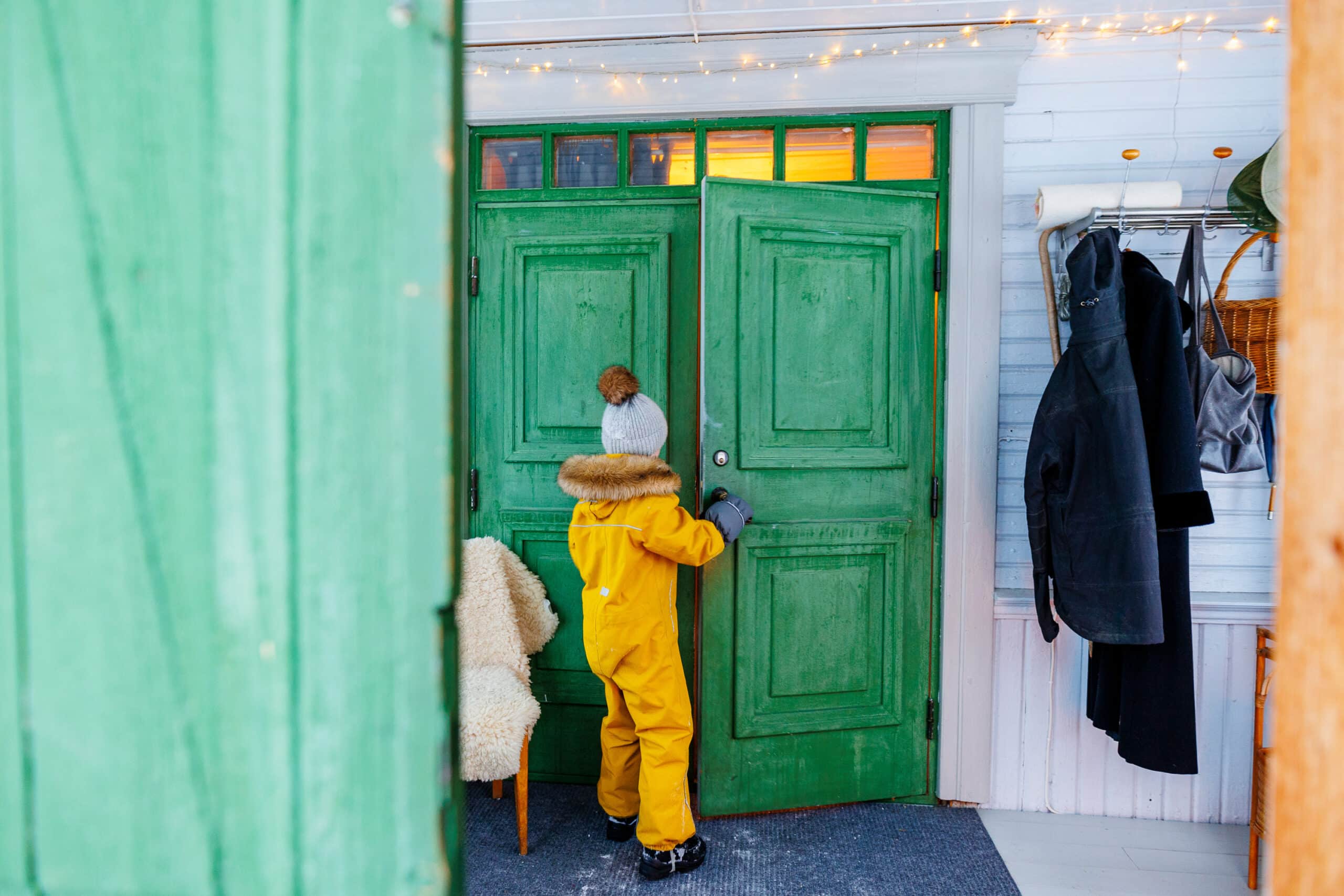Welcome to Boden
With a climate that offers both the northern lights and the midnight sun and an exciting mix of the close to home and the remotely exclusive, Boden offers a destination for all seasons and all types of tourism. An Arctic gem that always welcomes and never closes.
Proximity to city life and village life, to forests, plains and water - but also proximity to the local and distinctive, what only Boden and its surroundings can offer. This is precisely what makes Boden's tourism industry so unique.
Getting here
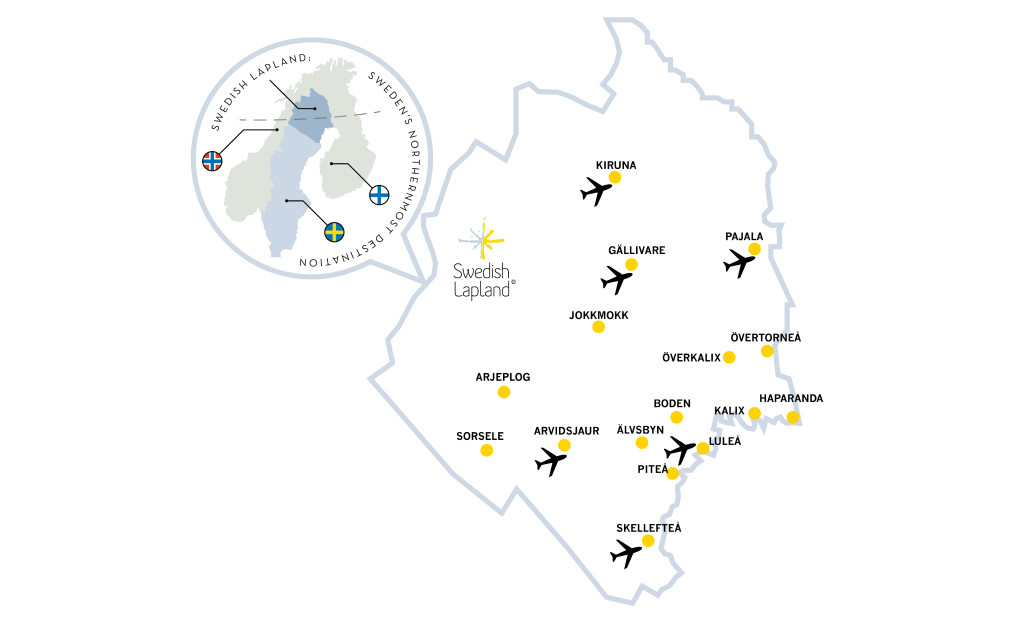
Flight
From your home destination, the easiest way to travel is by flight from Stockholm Arlanda Airport (ARN) to Luleå Airport (LLA). Current airlines between the destinations are Norwegian and SAS.
Luleå Airport can be found only 40 km from Boden. The airport serves as a hub for international flights in northern Sweden and is the fifth largest airport in Sweden in terms of passenger numbers. Traveling to and from the airport is easy whether you choose your own car, transfer, air taxi or airport bus. At the airport you will find several car rental companies such as AVIS, Mabi, Budget, Europcar and Hertz.
Luleå Airport is the gateway to the attractive and exciting destination, Swedish Lapland, located in the northernmost part of Sweden.
Boden is also accessible from Arvidsjaur Airport, Kiruna Airport and Skellefteå Airport.
Trains and buses
Boden C is a railway junction and thus the city is easily accessible by train. The railway in Sweden is well developed and offers an exciting and environmentally friendly way to travel. Modern carriages take you through the landscape in a smooth and easy way. If you choose the night train from Stockholm C, you can book comfortable couchette or sleeping cars.
Trains are also an easy way to move on. From Boden C you can reach northern destinations such as Gällivare, Kiruna, Abisko, Riksgränsen and Narvik. A common journey is from coast to coast, starting in Luleå and then on to Narvik in Norway. Another trip that can be done as a day trip is Boden - Kiruna, where you take the early morning train to Kiruna and take the bus from Kiruna to Jukkasjärvi to visit the world-famous Icehotel. You then take the bus back to Kiruna and catch the train to Boden in the afternoon. New in 2021, you can take the train between Boden and Haparanda, which is also suitable for a day trip or traveling further in the region.
The bus service complements the train service well. Norrbottens Länstrafik takes you further out to places that the train cannot reach. In most cases, bus services run from railway stations. It is by bus that you get further into the region, towards the mountains etc.
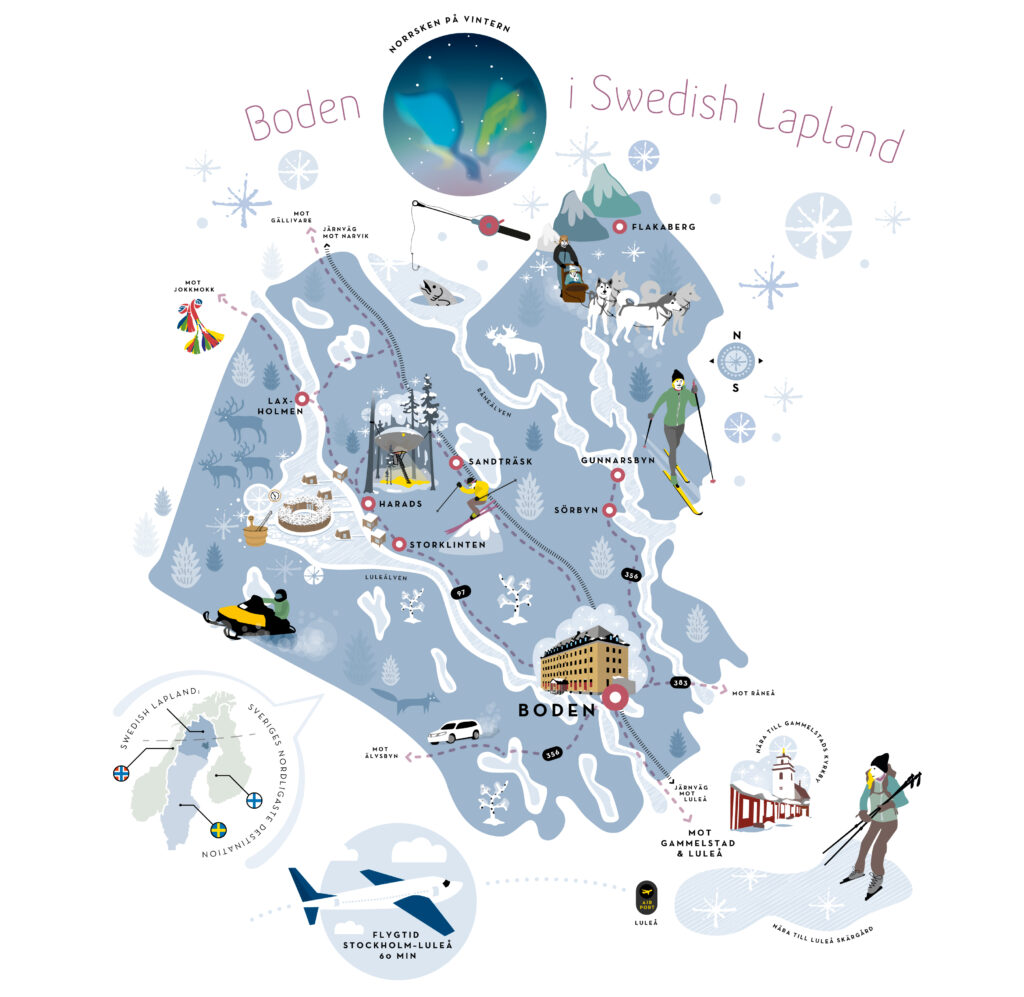
Taxi, transfer and car rental
It is possible to pre-book Taxi to and from the airport. If you want to take a taxi at your destination, you can book it on the spot.
Several facilities have their own transfer, which you book at the same time as your accommodation or activity.
A rental car is another way that makes it easy to get to and from, as well as around the destination and the region. You get more out of your visit with a rental car.
Keep in mind that during the months of November to May, there are winter road conditions and therefore different conditions for safe driving. In summer, however, the road conditions are good and the light summer nights give you good visibility around the clock.
Book a taxi 0921-177 00
Book a rental car at Luleå Airport:
Book a rental car in Boden:
Frequently asked questions
Boden/area: 14.17 km².
Read here: https: //www.boden.se/nyheter/2019/boden-en-egen-stad
Boden/area: 14.17 km².
Read here: https: //www.boden.se/nyheter/2019/boden-en-egen-stad



